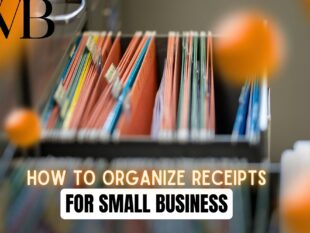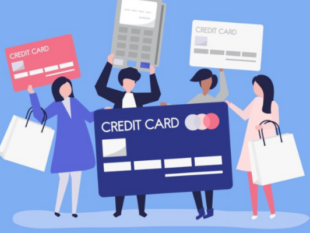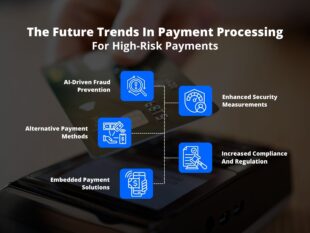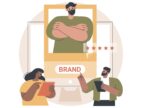Is Customer-to-Customer Business Model for You
by Ankita Tripathy Business Development 04 February 2025

If you have been an avid reader, you must remember the term B2B or business to business. This is a business model where businesses buy and sell commodities amongst themselves. Subsequently, you must also not forget B2C or Business to customers where businesses sell directly to the consumer.
However, there is another business module where customers sell directly to fellow customers. In this form, consumers directly engage with fellow consumers to sell commodities.
If you are looking to learn more about this variant, then you came to the right place. In this article, we will look at the customer-to-customer business model and related concepts that might help you understand this business model.
Explaining Customer To Customer (C2C)

The customer-to-customer business model has been around for a very long period of time. The earliest forms of customer-to-customer business model were flea markets and garage sales.
Nowadays, this format has evolved with the help of ecommerce. C2C e-commerce is one of the most robust business formats with the advent of the Internet. Platforms like eBay, OLX, Etsy, Craigslist, etc.
The C2C business model is where one consumer sells their used products to another consumer for a lowered price. This format was around for years but it blew up in the months of the Pandemic.
Decoding The C2C E-Commerce
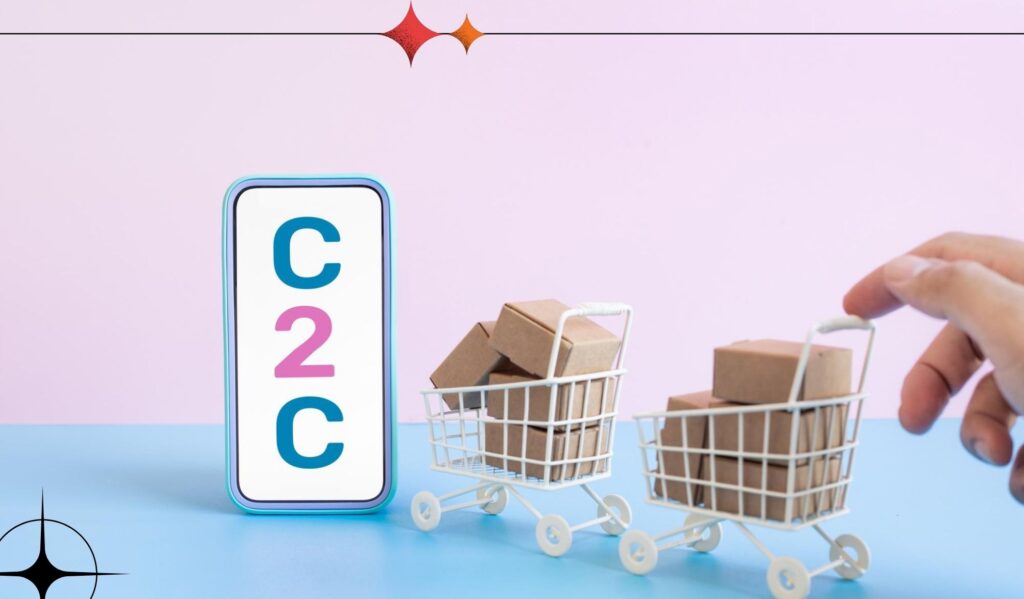
One of the significant aspects of C2C commerce is that the typical sensibilities of making profits do not govern it. In fact, sometimes, it is not even about making a profit. Therefore, this shows how this variant differs from the traditional B2B, or B2C models.
In most cases, a C2C is all about clearing inventory. The c2c model of business really picked up with the advent of the Internet and some specific platforms facilitating this model. As a result, C2C has become a giant.
The Internet is one of the most important facilitators of customer-to-customer e-commerce. Subsequently, easy third-party payment applications helped the cause as they made payments more manageable. Hence making the deal easy.
How Does It Work?
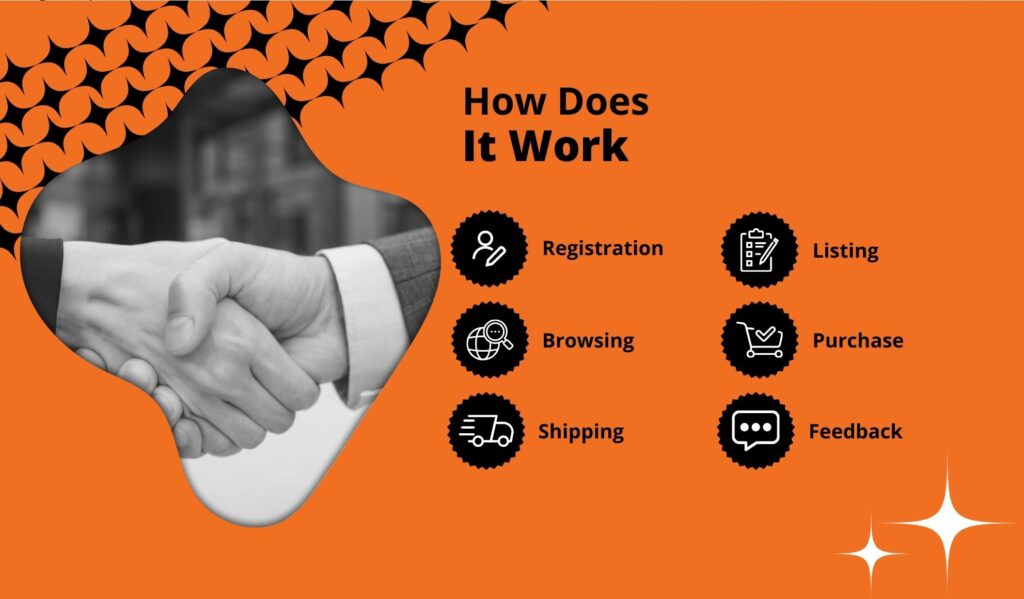
The c2c business model has really become humungous. The Pandemic, internet access, and easy payment methods have really catapulted the popularity of this business model.
Then again, how does it work? Since we are here to understand the nuances of this business model, we need to get into the depth of things. Therefore, in this section we will be doing that.
Here, we will discuss how the C2C business model functions in six easy steps. Let’s go!
Step #1: Registration
The very first step of the process is registration. You need to register yourself to sell or buy products. For registration, you must create a profile and add your address, name, age, phone number, and other relevant details.
This will enable you to start the process. The second step of the registration is setting up the payment options. On most platforms, you can make payments with applications like Venmo, PayPal, CashApp, etc.
Step #2: Listing
Once the registration is done, you are ready to proceed to the second part of the stage. Here, you can start listing your products. As a seller, you must understand and research what resonates with your audience.
If you are doing this as a business, you should definitely take the help of applications that can help. Or you can use the help of google analytics to understand the basics of the business landscape.
Step #3: Browsing
The third part of the journey is the browsing. You might be a seller but still, browsing is essential. It is like exploring the market to understand what works best for your business. Hence making it one of the most critical aspects of this business model.
Take help from the Internet and develop ideas that will work out in the long run. Google Analytics is beneficial and provides you with workable insight. Hence, take the help of these tools to make the whole process more organic and workable.
Step #4: Purchase
The C2C model of business is a flexible business model. You can switch roles on the fly without any hassle. Moreover, most platforms make buying easy with the help of visual and UI/UX cues.
These cues allow users to add products to the carts easily and hassle-free. Hence making the whole deal super breezy. The best part is that these purchases are done via a secure and safe payment gateway.
Step #5: Shipping
The fifth part of the business module is shipping. This is a significant detail of the whole process. This is the penultimate part of the business. In this step, the bought product is shipped to the consumer.
Most platforms offer some options when it comes to shipping products. These options typically include the speediest, intermediary, and slowest delivery options. The fastest option requires an extra bit of money.
Step #6: Feedback
The final but automated part of the conversation is the feedback. This is the final part of the journey. Feedback is often seen as pointless and unnecessary detail. However, that is not the case.
As a seller, your job is to seek feedback. Proper feedback has the power to make or break a brand. Therefore, you must not negate this at any cost. Take heed of the feedback, and you can serve your fellow customers better.
How is C2C Different From P2P?

Before we delve further, let us take a moment to understand the overall difference between a C2C market and a P2P market. Both of these variants come with their flair and essence. Therefore, understanding the differentiator factors is crucial between the two.
In the customer-to-customer business model, customers sell their goods to other customers in an online forum. Platforms like eBay, Etsy, etc. Function on this proponent.
Meanwhile, the P2P or peer to peer business model is about selling your goods directly to another business organization. This is generally done in the shape of mass-scale orders.
This is probably one of the only differences that c2c business model shares with the p2p business model.
Factors Affecting C2C Commerce
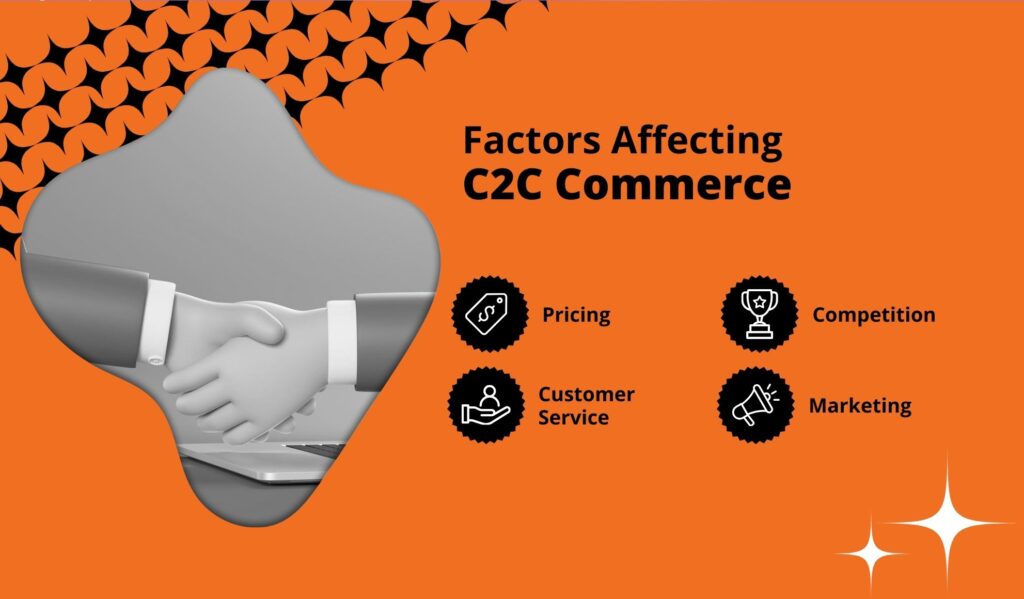
The c2c commerce is a highly volatile and risky space to function in. This is primarily because the landscape is unregulated, posing new challenges and threats. Therefore, if you are actually looking to understand the C2C marketplace, you need to understand the factors affecting it.
Here is a brief rundown of some of the most prominent factors that affect the overall C2C business landscape. Here we go!
- Pricing: unreasonable prices and fees will not get you anywhere. Therefore, ensure that you have priced your products after thorough research. Otherwise, you will fail to understand the market and set ineffective pricing. That will benefit nobody.
- Competition: high competition and reasonable pricing can help maintain the overall health of the market. Therefore, making things worthwhile for your selling and purchasing. In other words, furthering a culture of efficiency and sustainability.
- Customer Service: the c2c business module might not be as regulated as the b2c or b2b module. Still, good customer service goes a long way. Without this, things can be pretty challenging to keep the consumer happy.
- Marketing: Lastly, you need to promote your business optimally and with an effective strategy. Without an effective marketing strategy, you might end up nowhere. Therefore, market your product, and this will truly help your cause.
Advantages Of Customer To Customer Business Model
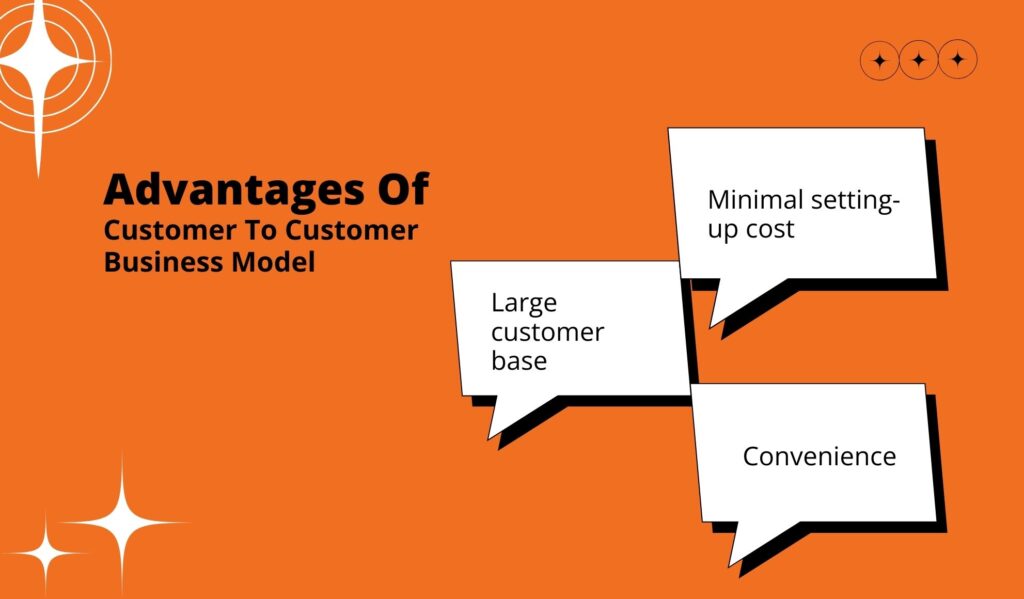
The customer-to-customer business model is one of the best business models for people who want to start their journey small. Here are some prominent advantages of the customer-to-customer business model that you must know about:
- Minimal setting-up cost: the best part about the model is its low set-up cost. In most cases, the platforms are free or take very minimal set up costs. Therefore, anybody can start the journey.
- Large customer base: Another essential detail is the extensive customer base. 2020 really showed us the power of thrifting, and therefore, the customer base is growing by the minute.
- Convenience: Finally, setting up a c2c business model can be really convenient for sellers as well as buyers. Hence, you can be a buyer or a seller with ease.
Disadvantages Of Customer-to-Customer Business Model
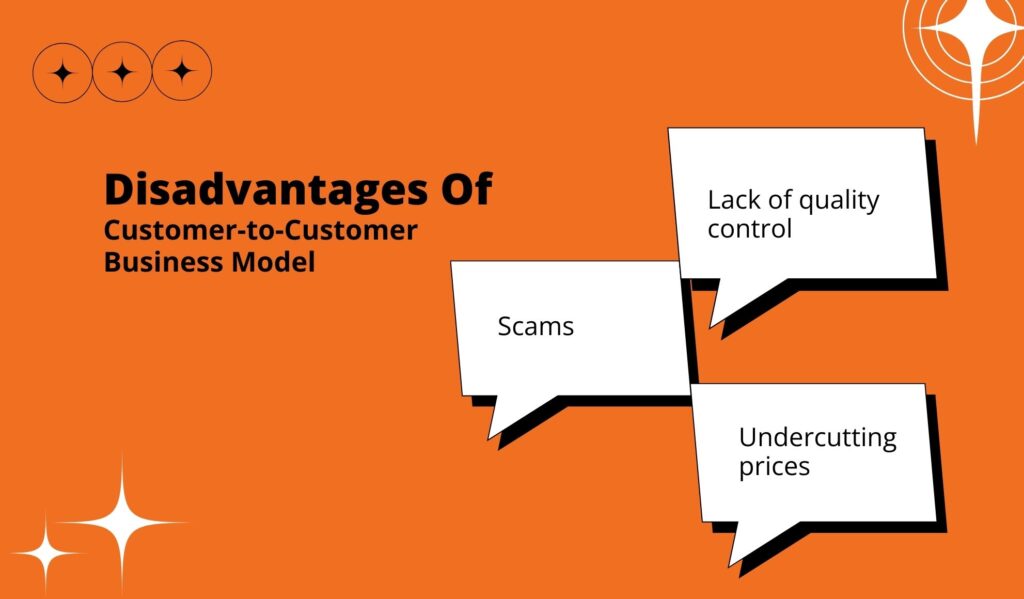
Like every other thing in this world, the customer-to-customer business model comes with its own challenges as well. These challenges might not be huge, but they are noteworthy nonetheless:
- Lack of quality control: There are no means of assessing the quality when it comes to customer-to-customer business. As a result, you might even end up with subpar products.
- Scams: Many customers and sellers have reported that they were scammed out of money or were sent the wrong item altogether. Therefore, this is a significant disadvantage that might affect your business ecosystem.
- Undercutting prices: Finally, a lack of regulation means a lack of pricing regulations. Hence, this is a significant problem for smaller businesses as competition can undercut prices. This can affect the overall ecosystem.
Final Thoughts: Future Of Customer-to-Customer Business?
So, what does the future hold for the customer-to-customer business model? While there are no means to predict the future accurately, it can be safely said that this business model will flourish in the future.
Newer platforms and more manageable payment modules can actually grow this sector beyond its initial essence and make it into something significant in the upcoming years. However, it does come with its own challenges.
Do let us know if you liked this piece of content and follow us for more such content on business and wealth management. Thank you and have a great day ahead.



























